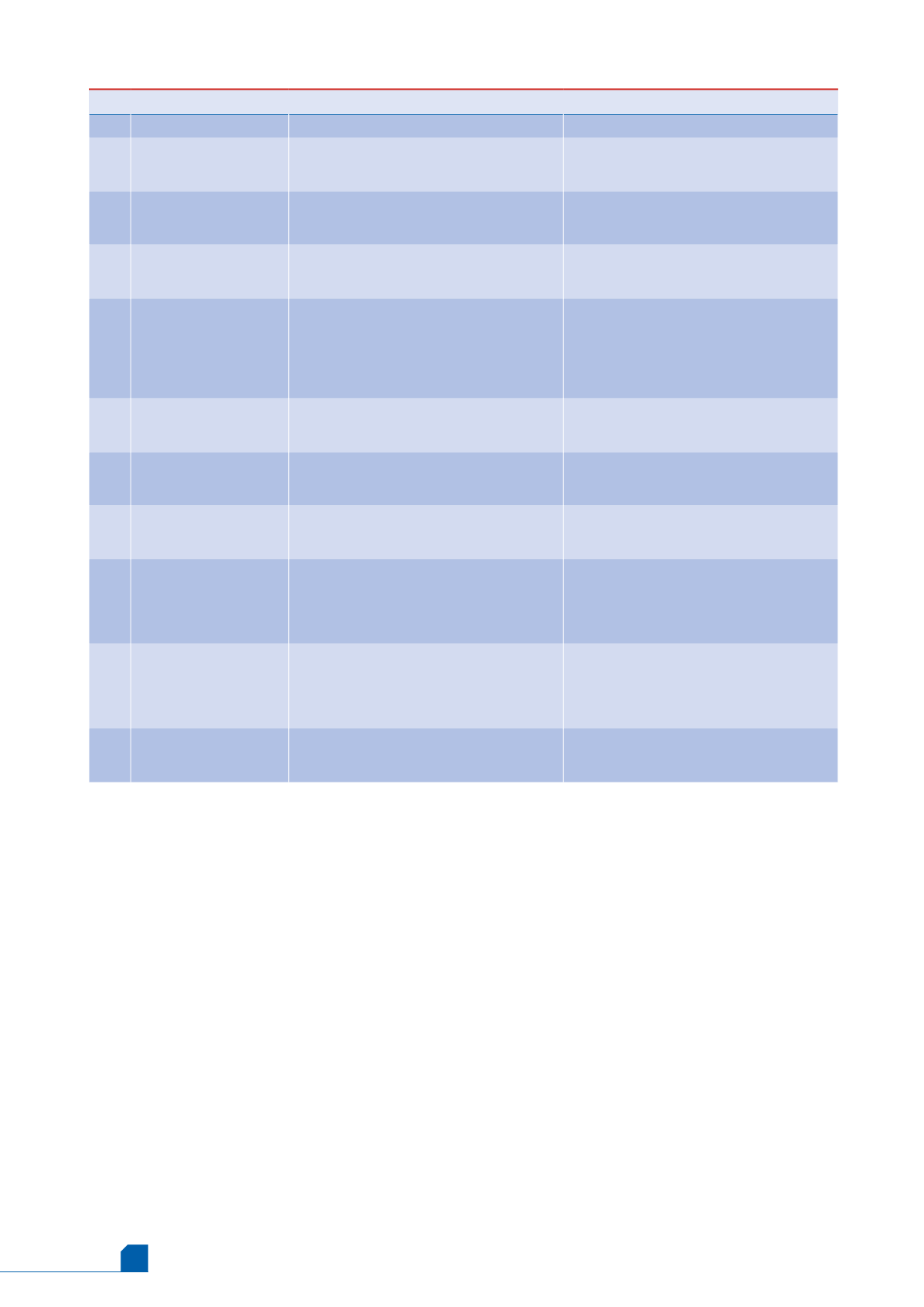
68
December
2014
HYDROCARBON
ENGINEERING
existing facilities (reHAZOPs), typically carried out every
five years. Guidance is provided both within BS IEC 61882
1
and the IChemE Guide
2
.
A key part of assuring process safety is an effective
response to recommendations arising out of reHAZOPs,
or other safety reviews. This article describes some of
the conclusions drawn from reviewing a sample of
reHAZOP recommendations, and the subsequent
outcomes from implementing these recommendations.
For instance why some hazards were not picked up in
earlier hazard studies and why there is a difference
between the expected and actual actions that result from
implementing HAZOP recommendations.
HAZOPs versus reHAZOPS
To start to understand the background to new, previously
unidentified risks becoming apparent it is useful to
compare a HAZOP carried out during the initial design
stage, usually as part of the project, with a retrospective
HAZOP carried out on an operating asset.
Normally the original Project HAZOP Team is larger
and has better knowledge of the original design intent
and standards, the reHAZOP team benefits from
operating knowledge, experience of previous incidents
and the awareness of human factors.
A list of examples of why retrospective HAZOPs
identify new risks, not previously detected, is included in
Table 1.
The new risks identified in reHAZOPs can be
considered as falling into one of three broad categories;
risks arising from some form of change, risks introduced
between completing the original HAZOP and
commissioning or risks arising from omissions in the
original study.
Changes to an operation will always occur, so new
risks will constantly be introduced into that operation.
The challenge is to have robust systems, including
management of change (MOC), that identify, evaluate and
manage all new risks at the point of introduction. The
robust application of standard MOC systems should
cover many of the changes; plant modifications are the
most well covered type of change, changes to operating
conditions and operating practices are also covered by
many MOC procedures. Changes arising from plant
Table 1.
Why reHAZOPs identify new risks
Ref.
Explanation
Typical examples
Learning/solutions
1
Plant modifications
Poor or no HAZOP as part of management of
change (MOC).
Plant documentation not updated.
Better use of MOC procedures.
2
Changes in operating
conditions
Over/under pressure case changes.
Low temperature blow down cases.
Outside piping/equipment design basis.
Applicability and better use of MOC procedures.
3
Changes in the way the
plant is operated
Different start up/shut down sequences.
Plant operating procedures not updated.
Changes in manning levels/locations.
Applicability and better use of MOC procedures.
4
Plant not built as per
HAZOPed design
Positioning of isolation valves.
Sizing of CVs/valves/NRVs.
Pipe sizes/lengths/bends.
Pump sizes.
Equipment fireproofing insulation.
Layout, access, .etc.
Project management procedures and use of
Hazard Studies 4 and 5 (Pre startup safety review
(PSSR) during project execution.
5
Original HAZOP actions
not completed
Failure to close out actions and validate their
completion. Potential for unclear responsibility
between EPC and owner.
Project management procedures and use of
Hazard Studies 4 and 5 during project execution.
6
Plant deterioration
Degradation of plant integrity or performance,
such as: corrosion, erosion, fatigue/creep,
reliability, housekeeping, etc.
Periodic review of plant condition against basis
of safety case assumptions.
7
Changes in standards
New corporate requirements/expectations.
Different design standards, new legal
requirements etc.
Clarity needed on which requirements are
retrospectively applicable.
8
Increased awareness of
pressure relief scenarios
Gas breakthrough.
Flow through CVs and/or bypasses.
Multiphase flow case.
Fire relief case.
Vacuum relief case identified.
Better guidance/checklists during initial design.
Better guidance for initial HAZOP teams. More
involvement of experienced operators.
9
Adequacy of flare and
blowdown systems
Sizing of flare systems.
Combinations of events.
Mechanical robustness of flare systems.
Surge events (e.g. potential for HE guillotine
fractures).
Better guidance/checklists during initial design.
Better guidance for initial HAZOP teams. More
involvement of experienced operators.
10 Plant incidents
Increased awareness of risk, due to knowledge
of: near misses, operating experience, accidents,
releases, fire, etc.
Better sharing of incidents across operating
companies and sectors.


